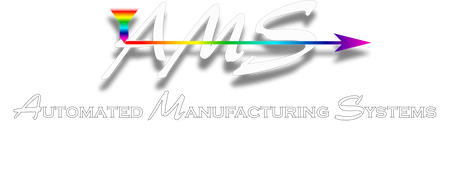A Guide to Plastic Extrusion Pullers, Haul Offs, Belt Pullers, Cat-a-Pullers
A Comprehensive Guide to Extrusion Pullers
Every plastic extrusion factory has different needs, varying products and will do things in a unique way. One aspect that is rather straight forward is the pulling aspect of the system. Some products demand the precision of a servo system and some products can work well with a nicely maintainned Gatto puller that is 30 years old. Want to know where you stand? Read more to find out and share with your team to see where you stand.
Servo Extrusion Pullers
Current servo motors can easily have over a million pulses per revolution of feedback. This is enough precision to split a hair several times over. Coupled with a gear reducer things only improve from there. More torque and control for the line speed. Servo precision is the normal for most medical applications, especially when running thin walled tubing and taper or 'bump' tubing. These systems can feature a single axis that drives a mechanical gear system which in turn drives the upper and lower belt assembly together. Other systems feature direct drive, one motor-gearbox for each individual belt assembly. This is the normal for the most advanced systems in the medical field running the most demanding tolerances. Just as important as the precision of the servo electronics, is the elimination of analog noise which can occur in less advanced systems. When you are trying to hold the tightest tolerances in the industry, you need to eliminate each and every process variable.
How does one determine if a servo extrusion puller is for them? First look at your tolerances. If the target diameter of a urethane tube is 0.010" with a variation of +/-.0005" then a small servo extrusion puller is surely needed. It will not be the single attribute to holding the tolerances, several other variables obvsiouly come into play through out the system. The servo extrusion puller will insure the most precision, will eliminate possibility of electrical noise and give the user advanced controls options such as the ability to control and adjust speed in increments of +/-.01 FPM.
Closed Loop AC Motor Control
The alternative would be a 'standard' extrusion puller which could refer to a AC Motor and Controls package with closed loop feedback via encoder with possibly 2,500 PPR. Speed control could be with a digital touch screen or a potentiometer. In most cases this is sufficient for medical extrusions where tolerances are a little looser such as +/-.002". With proper setup these types of machines are able to contribute to holding tolerances of +/-.001" as verified by a laser measuring system.
Open Loop AC Motor Control
